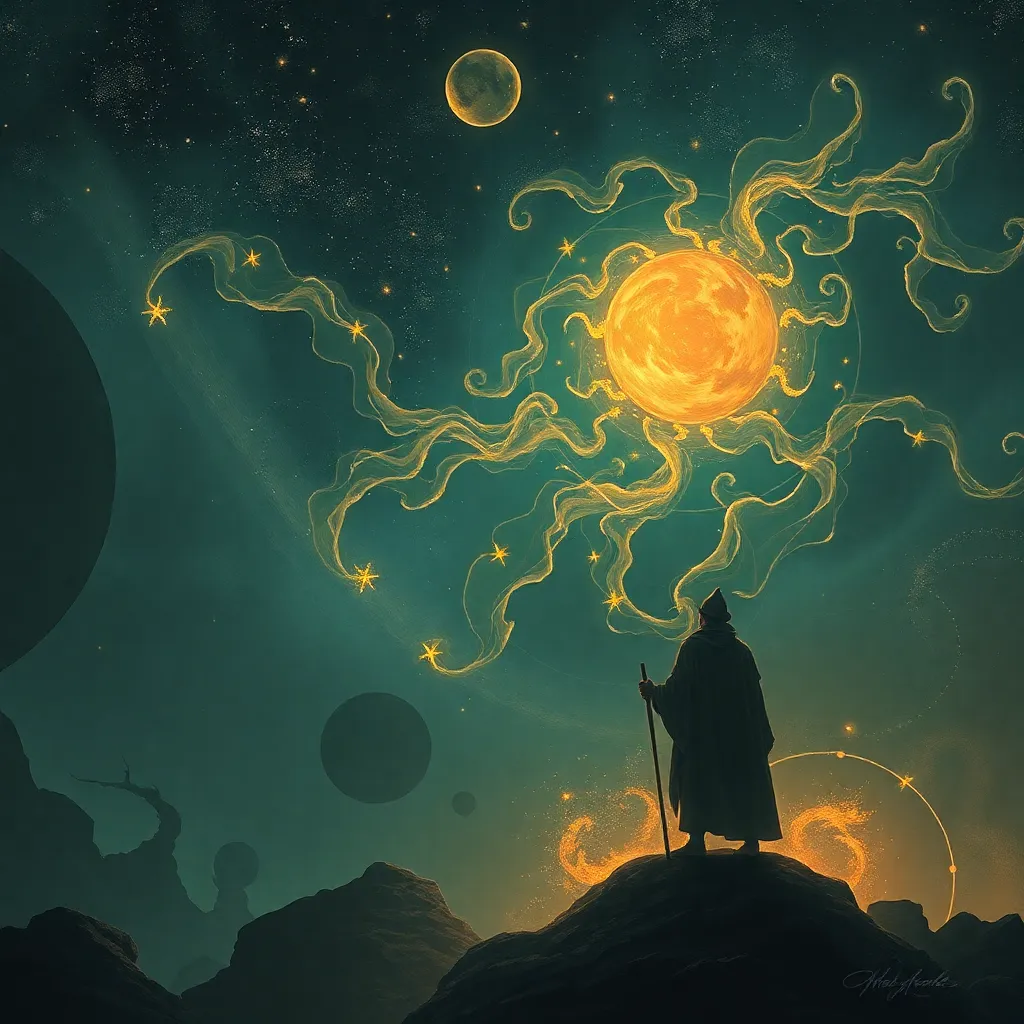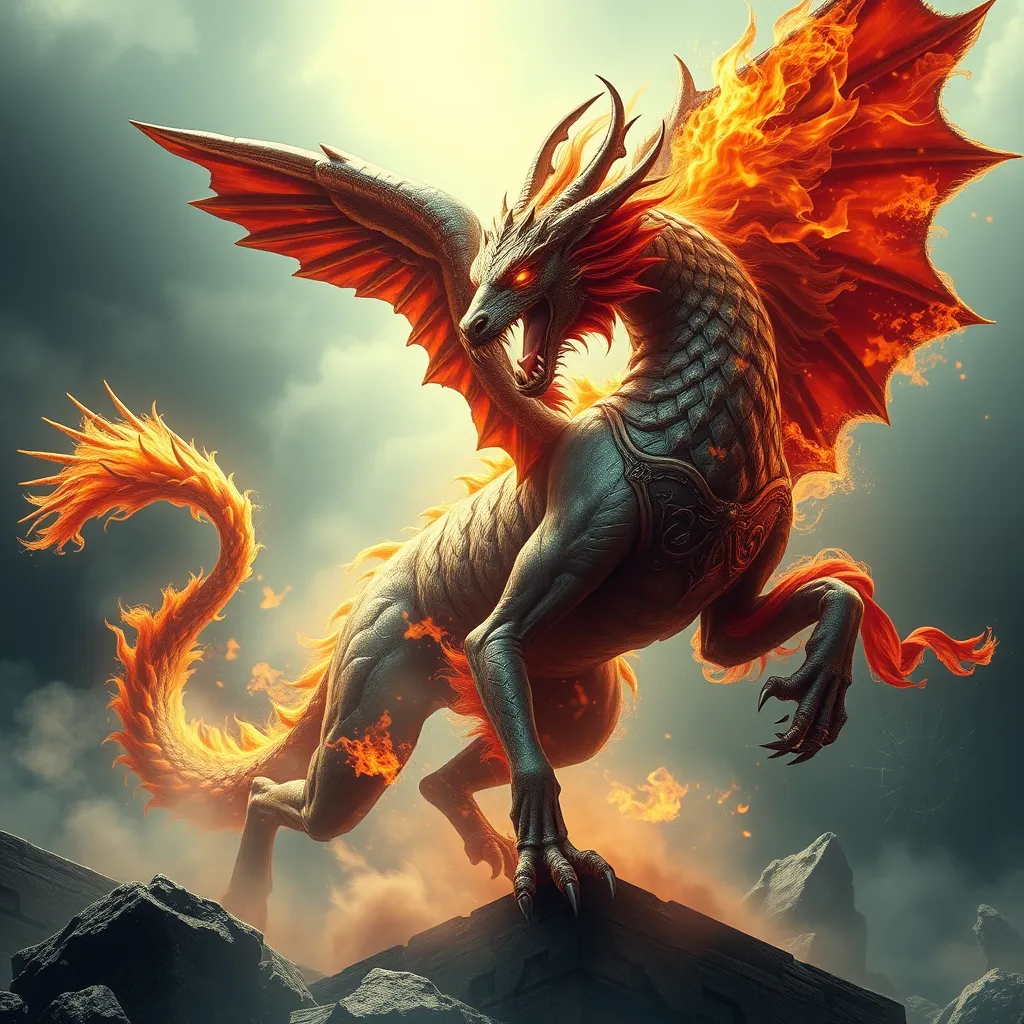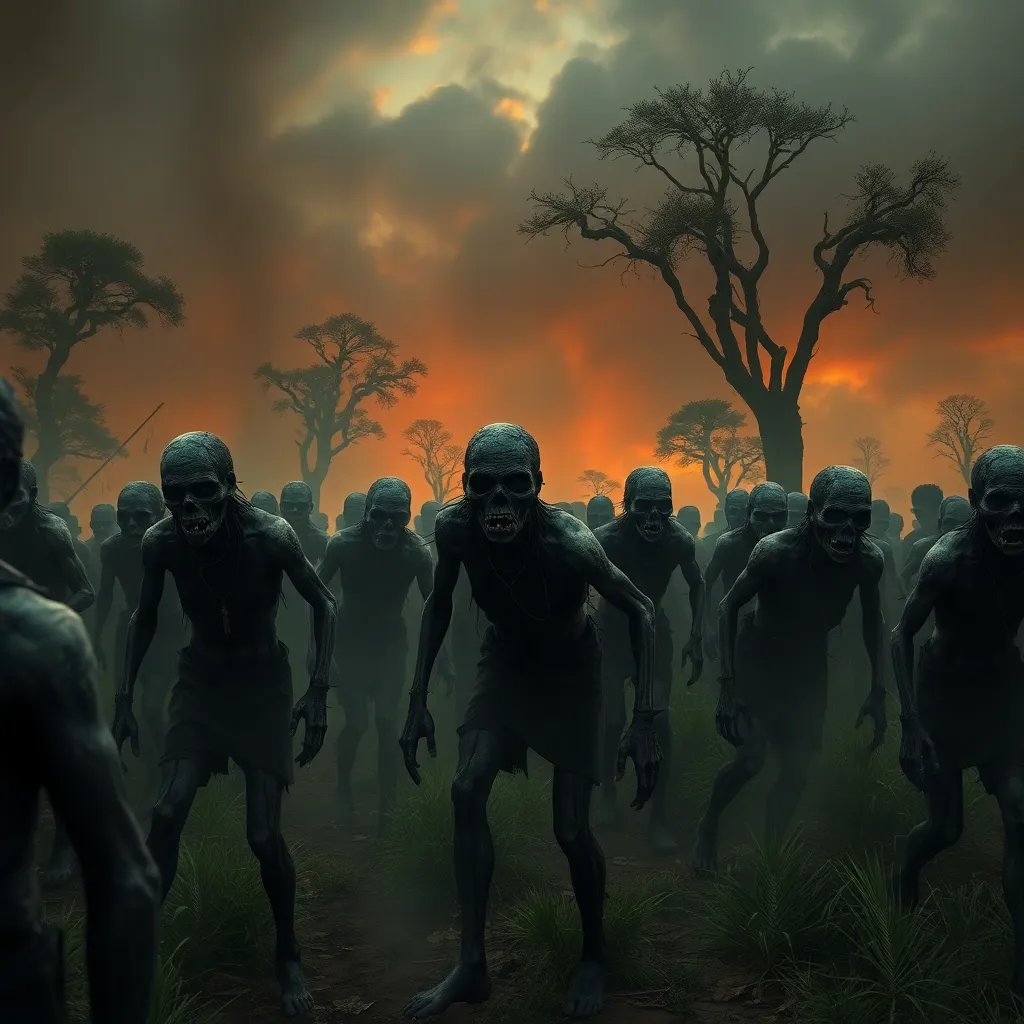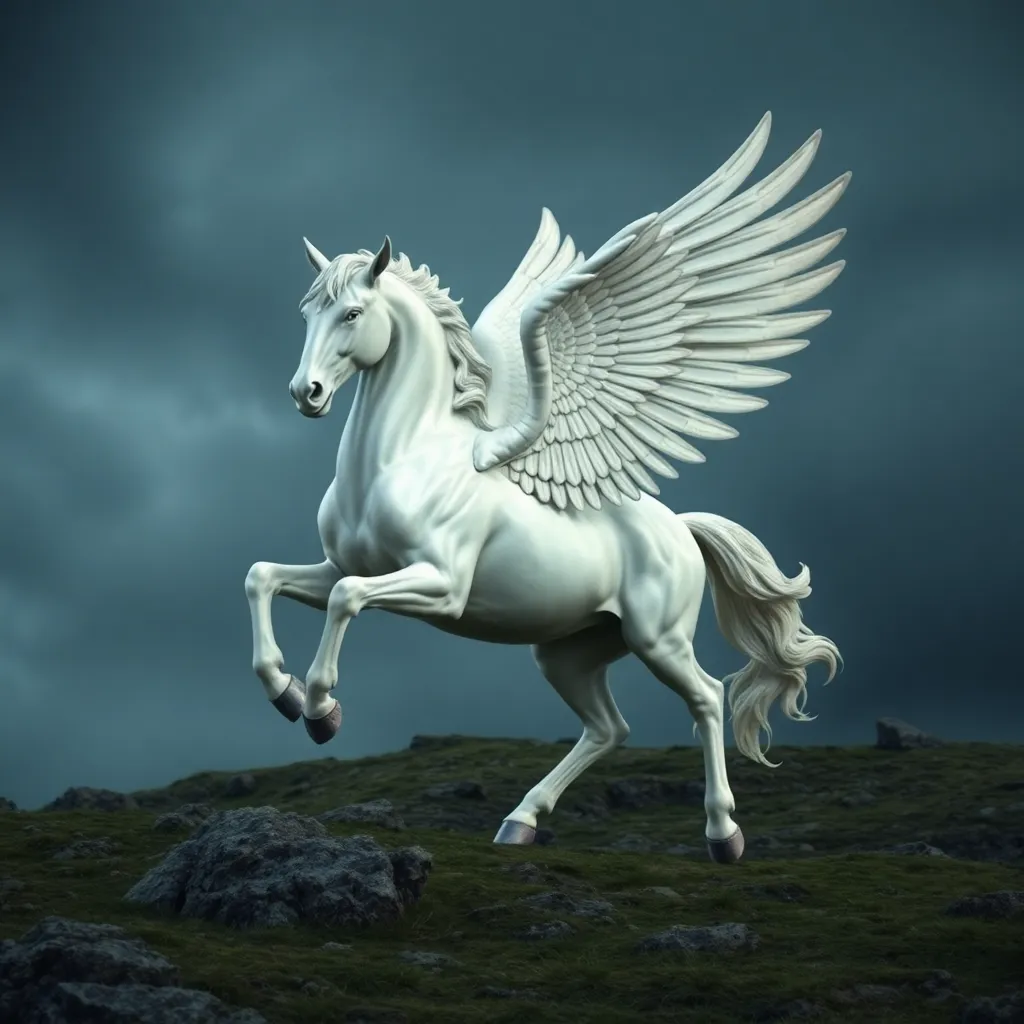The Baku and the Language of Dreams: Exploring the Myth’s Connection to Symbolic Interpretation
I. Introduction
The Baku is a fascinating creature from Japanese folklore, often depicted as a tapir-like being that consumes nightmares. This mythological figure has captured the imagination of many, serving as a symbol of protection against bad dreams. In various cultures, dreams hold significant importance, often viewed as messages from the subconscious or omens of the future. This article aims to explore the connection between the Baku and the symbolic interpretation of dreams, shedding light on how this mythical creature can offer insights into our internal struggles and aspirations.
II. Understanding the Baku: Origins and Characteristics
A. Historical background of the Baku in folklore
The Baku has its roots in Chinese mythology, where it is known as the “Baku,” a creature that appears in various forms and serves to protect individuals from nightmares. In Japan, the Baku is often depicted as a hybrid creature with the body of a bear, the trunk of an elephant, and the eyes of a rhinoceros. The legend states that when one experiences a nightmare, they can call upon the Baku to consume the unwanted dreams, allowing for a peaceful night’s sleep.
B. Description of the Baku’s appearance and abilities
The Baku is characterized by its unusual appearance, blending features from various animals. This unique physicality symbolizes its role as a mediator between reality and the dream world. In folklore, the Baku is believed to possess the ability to devour nightmares and transform them into pleasant dreams, signifying its dual role as both a protector and a devourer of fears.
C. Cultural significance of the Baku in Japanese mythology
In Japanese culture, the Baku is often invoked through rituals and prayers to ward off bad dreams. People would place images of the Baku under their pillows or recite incantations to invite this creature into their dreams. The Baku embodies the cultural belief in the power of dreams and the importance of seeking protection from negative experiences while sleeping.
III. The Role of Dreams in Human Experience
A. Psychological perspectives on dreaming
From a psychological standpoint, dreams are seen as a reflection of our inner thoughts, emotions, and experiences. Sigmund Freud famously posited that dreams are a window into our subconscious, revealing hidden desires and repressed feelings. Carl Jung expanded on this idea, suggesting that dreams communicate universal archetypes and symbols that connect us all.
B. Cultural interpretations of dreams throughout history
Throughout history, dreams have been interpreted in various ways across different cultures. Ancient Egyptians believed that dreams were messages from the gods, while Indigenous cultures often viewed them as spiritual guidance. In many traditions, dreams were thought to provide insights into the future or serve as warnings about potential dangers.
C. The universal quest for meaning within dreams
Regardless of cultural context, the human quest for meaning in dreams remains universal. People seek to understand their dreams to gain insight into their lives, relationships, and inner conflicts. This search for understanding often leads individuals to explore the symbols and themes present in their dreams.
IV. The Baku as a Dream Symbol
A. Symbolic representation of the Baku in dreams
The Baku serves as a powerful symbol within dreams, representing the desire to confront and overcome fears. When the Baku appears in a dream, it can signify the dreamer’s subconscious wish to banish negativity and embrace a more positive outlook.
B. The duality of the Baku: a protector and a devourer of nightmares
This creature embodies a duality that is essential to understanding the nature of dreams. On one hand, the Baku acts as a protector, consuming nightmares and providing a sense of security. On the other hand, it also represents the act of confronting one’s fears, highlighting the importance of facing challenges head-on.
C. How the Baku embodies the struggle between fear and hope in dreams
The Baku symbolizes the ongoing struggle between fear and hope in our dreams. Its presence can evoke feelings of comfort and reassurance, reminding us that even in our darkest moments, there is hope for transformation and healing.
V. Symbolic Interpretation of Dreams: Methods and Approaches
A. Overview of common dream interpretation techniques
Dream interpretation can be approached through several techniques, including:
- Freudian Analysis: Focuses on uncovering repressed desires and conflicts.
- Jungian Analysis: Emphasizes archetypes and symbols that resonate on a collective level.
- Gestalt Therapy: Encourages individuals to explore the different elements of their dreams.
B. The role of personal symbolism versus universal symbols
While some symbols hold universal meanings, personal experiences heavily influence dream interpretations. The Baku may signify different things for different individuals, depending on their unique contexts and experiences.
C. How the Baku can be integrated into modern dream analysis
In modern dream analysis, the Baku can be explored as a symbol of overcoming adversity and confronting fears. Analyzing dreams featuring the Baku can open discussions about personal struggles and the desire for protection and comfort during challenging times.
VI. Case Studies: Dreams Featuring the Baku
A. Analysis of notable dreams involving the Baku
Several case studies illustrate the Baku’s significance in dreams. For example, a dreamer might find themselves in a dark forest, feeling lost and afraid. Suddenly, the Baku appears, consuming the shadows and illuminating a path forward. This dream could symbolize the dreamer’s awakening to their fears and the emergence of hope.
B. Interpretation of these dreams through various psychological lenses
Analyzing the same dream through different psychological lenses can yield diverse interpretations:
- Freudian Lens: The dark forest may represent repressed fears, while the Baku symbolizes the desire to confront and overcome these anxieties.
- Jungian Lens: The Baku could be seen as an archetype representing the hero’s journey, offering protection and guidance.
C. Insights gained from the symbolism of the Baku in these dreams
Each interpretation reveals the complexity of the human psyche and the multifaceted nature of dreams. The Baku’s presence often reassures dreamers that they possess the strength to face their challenges.
VII. The Baku in Contemporary Culture
A. Representation of the Baku in modern media and art
The Baku has found its way into contemporary culture, appearing in various forms of media, including anime, literature, and visual art. These representations often emphasize its role as a protector and a symbol of hope.
B. The resurgence of interest in mythological symbols in dream interpretation
There is a growing interest in integrating mythological symbols like the Baku into modern dream interpretation. As people seek deeper understanding of their dreams, the Baku serves as a reminder of the rich tapestry of cultural narratives that inform our subconscious.
C. The Baku as a bridge between ancient beliefs and contemporary understanding of dreams
The Baku embodies a connection between ancient beliefs and contemporary interpretations of dreams. This creature highlights the enduring relevance of mythology in understanding human experiences and emotions.
VIII. Conclusion
A. Summary of key insights on the Baku and dreams
In conclusion, the Baku is a powerful symbol that serves to protect against nightmares while representing the struggle between fear and hope. Its presence in dreams offers insights into our internal conflicts and desires for transformation.
B. Reflection on the ongoing relevance of mythological symbols in personal and collective dream interpretation
As we navigate the complexities of our dreams, mythological symbols like the Baku continue to provide profound insights into our lives, guiding us in our quest for meaning.
C. Call to action: encouraging readers to explore their own dreams and the symbols within
Readers are encouraged to delve into their dreams and examine the symbols that emerge, much like the Baku. By doing so, we can uncover layers of meaning and engage in a dialogue with our subconscious, leading to personal growth and understanding.



